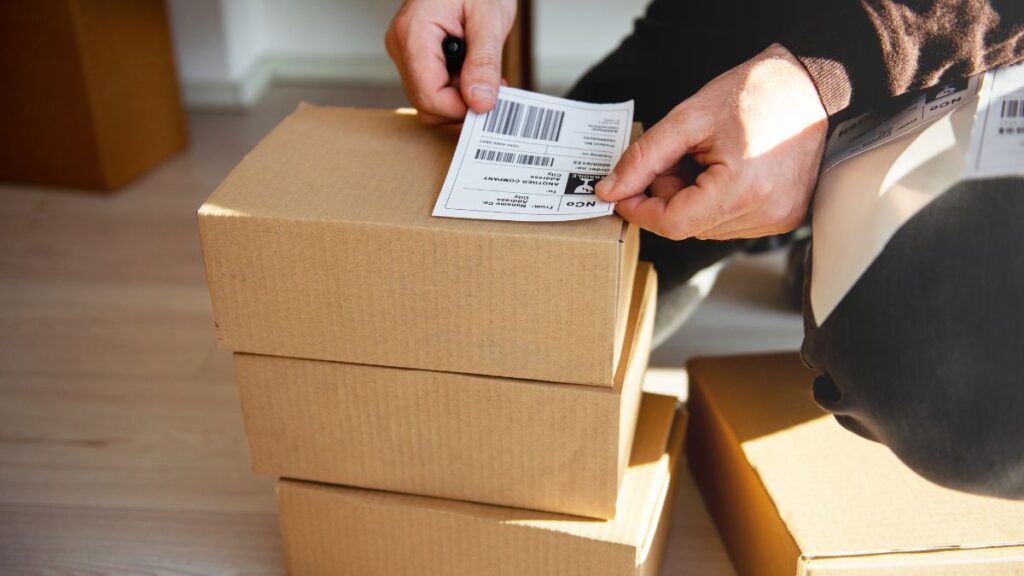
Transporting liquids internationally, especially via maritime routes, presents unique challenges that require careful planning and execution. From dealing with the movement of the ocean to adhering to international shipping regulations, there are several critical factors to consider. Read on to learn how to safely transport liquid when shipping internationally.
Choosing the Right Containers
The selection of appropriate containers is crucial for the safe maritime transport of liquids. Containers must be robust, leak-proof, and compatible with the transported liquid. Stainless steel tanks are often used for chemicals and corrosive substances, while food-grade containers are essential for consumable liquids. The right container not only preserves the integrity of the liquid but also ensures safety on board the ship, preventing contamination and leakage.
Understanding and Complying With Legal Regulations
Compliance with international shipping regulations is non-negotiable when transporting liquids. These regulations govern everything from classifying liquids to labeling and handling procedures. Understanding the International Maritime Dangerous Goods (IMDG) Code is essential for shipping hazardous liquids. Compliance ensures not only the shipment’s safety but also helps you avoid legal complications and penalties.
Ensuring Secure Packaging and Stowage
Secure packaging and stowage are vital to prevent spillage and damage during the rough conditions of maritime transport. This includes proper sealing, using spill pallets for additional protection, and ensuring that containers are securely stowed and balanced on the vessel. Proper stowage is particularly important to prevent the shifting of cargo, which can lead to imbalances and potential accidents.
Choosing IBCs Over Drums
Intermediate bulk containers (IBCs) are often preferred over drums when transporting large volumes of liquid. IBCs have a higher capacity, are easier to load and unload, and provide better space utilization in the ship’s cargo area. Additionally, IBCs can be stacked, which is a significant advantage in terms of storage and stability during transportation, making them the ideal choice for maritime shipping.
Now that you know how to safely transport liquid when shipping internationally, it’s evident that meticulous planning and adherence to best practices are key. Each aspect plays a crucial role in the safe maritime transport of liquids, from selecting the right containers and complying with legal regulations to ensuring secure packaging and considering the benefits of IBCs over drums. Following these guidelines will ensure that your liquid cargo is transported efficiently and safely across the seas.
- What To Bring on the Boat for a Day Trip – February 15, 2024
- International Shipping: How To Safely Transport Liquid – February 9, 2024
- Filtration Solutions for Maritime Applications – February 8, 2024




Leave a Reply